A Review of Situational Awareness and Collision Avoidance Strategy for USV in Complex Environments
DOI: 10.23977/autml.2025.060201 | Downloads: 7 | Views: 135
Author(s)
Yitong Liu 1, Volodymyr Zaitsev 2, Xuhui Jiang 3, Jinhua Qian 3
Affiliation(s)
1 Makarov College of Marine Engineering, Jiangsu Ocean University, Cangwu Road, Lianyungang, China
2 Department of Marine Technologies and Ocean Engineering, Admiral Makarov National University of Shipbuilding, Mykolaiv, Ukraine
3 College of Marine Engineering, Jiangsu Ocean University, Lianyungang, China
Corresponding Author
Yitong LiuABSTRACT
Unmanned Surface Vehicles (USVs) can detect and avoid obstacles through carrying equipment. However, obstacles pose a serious threat to USVs during autonomous navigation. These obstacles include buoys, ships, animals and other static and dynamic objects. Therefore, when in complex and changeable environment, USVs rely heavily on the accuracy of environmental identification and the rapidity of obstacle avoidance strategies. This paper provides an overview of the researches that have been proposed over the last decade. Different from traditional autonomous obstacles avoidance, which includes situational awareness, path planning, and control system, this study provides an in-depth overview of obstacle avoidance components into two modules: situational awareness and control system. Finally, this paper puts forward a solution that builds a fusion network constructed from multiple perception sensors, whose different outputs give corresponding control commands for the USV, to effectively reduce the delay in the obstacle avoidance process.
KEYWORDS
USVs, Collision Avoidance, Obstacle Detection, Collision Avoidance StrategyCITE THIS PAPER
Yitong Liu, Volodymyr Zaitsev, Xuhui Jiang, Jinhua Qian, A Review of Situational Awareness and Collision Avoidance Strategy for USV in Complex Environments. Automation and Machine Learning (2025) Vol. 6: 1-10. DOI: http://dx.doi.org/10.23977/autml.2025.060201.
REFERENCES
[1] Campbell S., Naeem W., Irwin G.W. A review on improving the autonomy of unmanned surface vehicles through intelligent collision avoidance manoeuvres[J]. Annual Reviews in Control, 2012, 36 (2): 267-283.
[2] Homeland Security Digital Library. Department of the navy strategic roadmap for unmanned systems [EB/OL]. (2018.01.11). https://www.hsdl.org/?abstract&did=811527.
[3] Homeland Security Digital Library. USCG Unmanned Systems Strategic Plan [EB/OL]. (2023.09). https://www. hsdl.org/c/abstract/?docid=880562.
[4] Autonomous Shipping Initiative for European Waters [EB/OL]. (2022.12.16). https://www.autoship-project.eu/the-project.
[5] The Central People's Government of the people's Republic of China Action plan for smart ship development (2019-2021) [EB/OL]. https://www.gov.cn/zhengce/zhengceku/2018-12/31/5442955/files.
[6] Cai Q, Han Y. A Navigation Control Evaluation Method of USV Based on Fuzzy Rough Set[C]//2022 4th International Conference on Advances in Computer Technology, Information Science and Communications (CTISC). IEEE, 2022: 1-7.
[7] Hui, Px. Research on hidden dangers of maritime traffic accidents [J]. China Maritime, 2024, (02): 36-38.
[8] European Maritime Safety Agency. Annual Overview of Marine Casualties and Incidents 2024[EB/OL]. (2024.11.20). https://emsa.europa.eu/accident-investigation-publications/annual-overview.html.2025.1.6
[9] C. Almeida et al., "Radar based collision detection developments on USV ROAZ II," OCEANS 2009-EUROPE, Bremen, Germany, 2009, pp. 1-6, doi: 10.1109/OCEANSE.2009.5278238.
[10] Zhuang, Jy., Zhang, L., Zhao, Sq. et al. Radar-based collision avoidance for unmanned surface vehicles. China Ocean Eng 30, 867–883, (2016). https://doi.org/10.1007/s13344-016-0056-0
[11] Li, Br. Design and implementation of target detection system for unmanned marine radar in coastal waters [D]. China University of Petroleum (East China), 2021. doi:10.27644/d.cnki.gsydu.2021.000810
[12] Wang Gh, Xie S, Liu Cg, et al. Obstacle recognition method of inland river USV based on lidar [J]. Optical technology, 2018, 44(05): 602-608.
[13] Wang S, Xie L, Ma F, et al. Research of obstacle recognition method for USV based on laser radar[C]//2017 4th International Conference on Transportation Information and Safety (ICTIS). IEEE, 2017: 343-348.
[14] Zhao Y, Wang Rq. Research on obstacle perception and location of USV driven by lidar data [J]. Ship Science and Technology, 2025,47 (12): 55-58
[15] Cao L, Liu H, Gao H, et al. Obstacle Detection and Recognition Using Stereo Vision and Radar Data Alignment for USV[C] //International Conference in Communications, Signal Processing, and Systems. Springer, Singapore, 2020: 1888-1895.
[16] Zhai G, Wu C, Wang Y. Millimeter wave radar target tracking based on adaptive kalman filter[C]//2018 IEEE Intelligent Vehicles Symposium (IV). IEEE, 2018: 453-458.
[17] Ng P C, Henikoff S. SIFT: Predicting amino acid changes that affect protein function[J]. Nucleic acids research, 2003, 31(13): 3812-3814.
[18] Corvee E, Bremond F. Body parts detection for people tracking using trees of histogram of oriented gradient descriptors[C]//2010 7th IEEE International Conference on Advanced Video and Signal Based Surveillance. IEEE, 2010: 469-475.
[19] Huang S, Cai N, Pacheco P P, et al. Applications of support vector machine (SVM) learning in cancer genomics [J]. Cancer genomics & proteomics, 2018, 15(1): 41-51.
[20] Yi-hui Zhang. Research on visual target image recognition technology of surface unmanned aerial vehicle [D]. Harbin: Harbin Engineering University, 2015.
[21] Yin W, Kann K, Yu M, et al. Comparative study of CNN and RNN for natural language processing[J]. arXiv preprint arXiv:1702.01923, 2017.
[22] Fu X, Ch'ng E, Aickelin U, et al. CRNN: a joint neural network for redundancy detection [C]//2017 IEEE international conference on smart computing (SMARTCOMP). IEEE, 2017: 1-8.
[23] He K, Zhang X, Ren S, et al. Spatial pyramid pooling in deep convolutional networks for visual recognition[J]. IEEE transactions on pattern analysis and machine intelligence, 2015, 37(9): 1904-1916.
[24] Ren S, He K, Girshick R, et al. Faster r-cnn: Towards real-time object detection with region proposal networks[J]. Advances in neural information processing systems, 2015, 28.
[25] Redmon J, Divvala S, Girshick R, et al. You only look once: Unified, real-time object detection[C]//Proceedings of the IEEE conference on computer vision and pattern recognition. 2016: 779-788.
[26] Liu, W. et al. (2016). SSD: Single Shot MultiBox Detector. In: Leibe, B., Matas, J., Sebe, N., Welling, M. (eds) Computer Vision – ECCV 2016. ECCV 2016. Lecture Notes in Computer Science, vol 9905. Springer, Cham. https://doi. org/10.1007/978-3-319-46448-0_2.
[27] Wang, B., Jiang, P., Gao, J., Huo, W., Yang, Z., and Liao, Y., “A lightweight few-shot marine object detection network for unmanned surface vehicles”, <i>Ocean Engineering</i>, vol. 277, Art. no. 114329, Elsevier, 2023. doi:10.1016/j.oceaneng.2023.114329.
[28] Ren Sy., Huang Ql, Zuo Ld, et al. Water surface target detection algorithm for intelligent channel inspection [J]. Journal of Chongqing University,2024,47(04):114-126.
[29] Yu, C., “YOLO-MRS: An efficient deep learning-based maritime object detection method for unmanned surface vehicles”, Applied Ocean Research, vol. 153, Art. no. 104240, Elsevier, 2024. doi:10.1016/j.apor.2024.104240.
[30] Stateczny A, Kazimierski W, Gronska-Sledz D, et al. The empirical application of automotive 3D radar sensor for target detection for an autonomous surface vehicle’s navigation[J]. Remote Sensing, 2019, 11(10): 1156.
[31] Jiaxing Zhuang, Nong Jiao, Fei Yin. Application of millimeter wave radar and laser radar in USV [J]. Ship engineering, 2019, 41(11): 79-82+119. DOI: 10.13788/j.cnki.cbgc.2019.11.15.
[32] Wisth D, Camurri M, Das S, et al. Unified multi-modal landmark tracking for tightly coupled lidar-visual-inertial odometry[J]. IEEE Robotics and Automation Letters, 2021, 6(2): 1004-1011.
[33] Liyong Ma, Xuewei Liu, et al.Visual target detection for energy consumption optimization of unmanned surface vehicle[J]. Energy Reports, Volume 8, Supplement 4, 2022, Pages 363-369, ISSN 2352-4847.
[34] Yongguo Li, Yuanrong Wang, et al. Target Detection on Water Surfaces Using Fusion of Camera and LiDAR Based Information[J], Computers, Materials and Continua, Volume 80, Issue 1, 2024, Pages 467-486, ISSN 1546-2218, https://doi.org/10.32604/cmc.2024.051426.
[35] Benjamin M R, Curcio J A, Leonard J J, et al. Navigation of unmanned marine vehicles in accordance with the rules of the road[C]//Proceedings 2006 IEEE International Conference on Robotics and Automation, 2006. ICRA 2006. IEEE, 2006: 3581-3587.
[36] Mousazadeh H, Jafarbiglu H, Abdolmaleki H, et al. Developing a navigation, guidance and obstacle avoidance algorithm for an Unmanned Surface Vehicle (USV) by algorithms fusion[J]. Ocean Engineering, 2018, 159: 56-65.
[37] Xiang Jl, Wang Hd, Ouyang Zl, et al. Research on local path planning algorithm of USV based on improved bidirectional RRT [J]. China Shipbuilding, 2020, 61(01): 157-166.
[38] Ji Yh, Cai Wj, Liu X, et al. Obstacle avoidance algorithm based on monocular vision and improved potential field method [J]. Laser and Infrared,2024,54(06):980-990.
[39] Jiang D, Yuan M, Xiong J, Xiao J, Duan Y. Obstacle avoidance USV in multi-static obstacle environments based on a deep reinforcement learning approach. Measurement and Control. 2024; 57(4): 415-427. doi: 10. 1177/ 00202940231195937
| Downloads: | 3952 |
|---|---|
| Visits: | 184569 |
Sponsors, Associates, and Links
-
Power Systems Computation
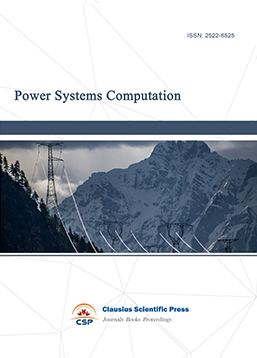
-
Internet of Things (IoT) and Engineering Applications
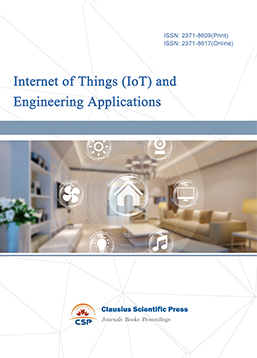
-
Computing, Performance and Communication Systems
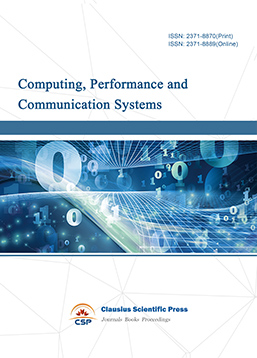
-
Journal of Artificial Intelligence Practice
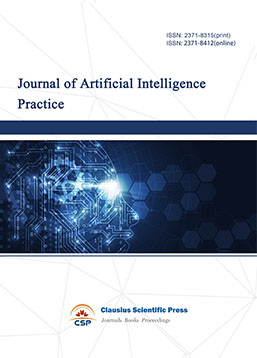
-
Advances in Computer, Signals and Systems
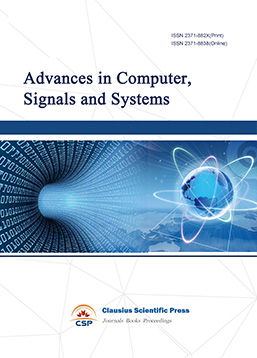
-
Journal of Network Computing and Applications
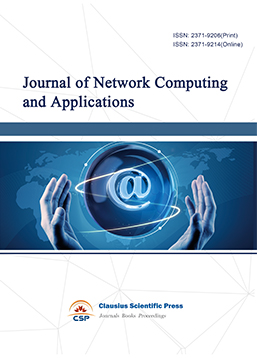
-
Journal of Web Systems and Applications
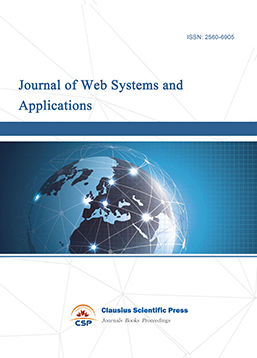
-
Journal of Electrotechnology, Electrical Engineering and Management
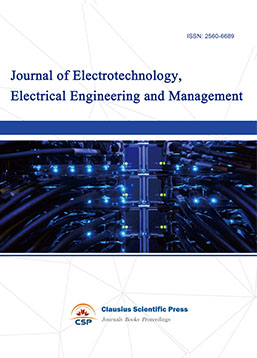
-
Journal of Wireless Sensors and Sensor Networks
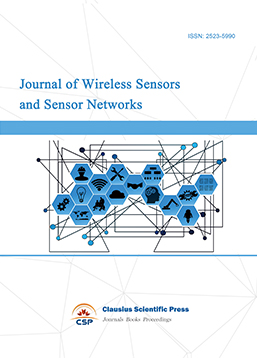
-
Journal of Image Processing Theory and Applications
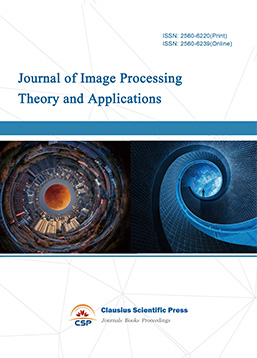
-
Mobile Computing and Networking
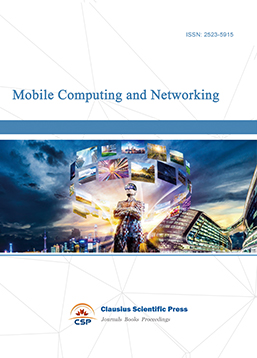
-
Vehicle Power and Propulsion
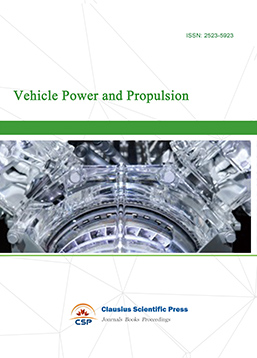
-
Frontiers in Computer Vision and Pattern Recognition
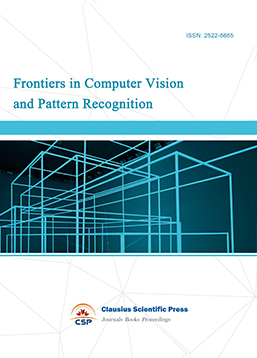
-
Knowledge Discovery and Data Mining Letters
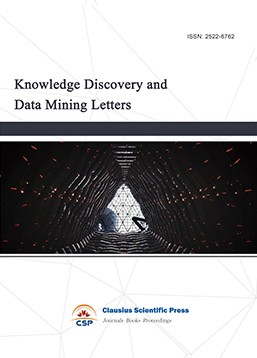
-
Big Data Analysis and Cloud Computing
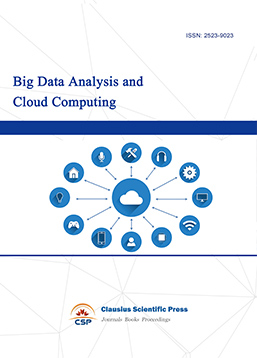
-
Electrical Insulation and Dielectrics
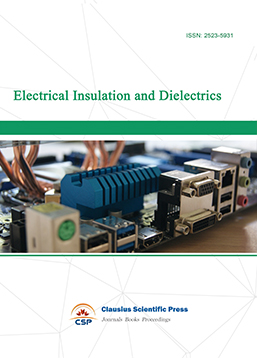
-
Crypto and Information Security
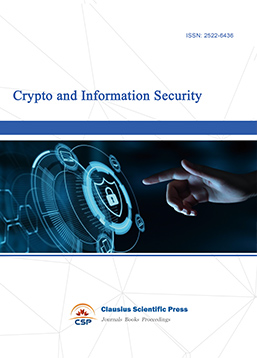
-
Journal of Neural Information Processing
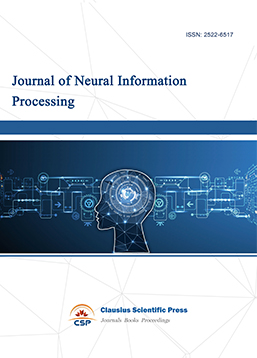
-
Collaborative and Social Computing

-
International Journal of Network and Communication Technology
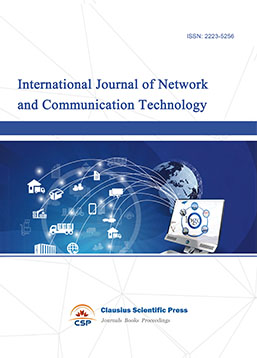
-
File and Storage Technologies
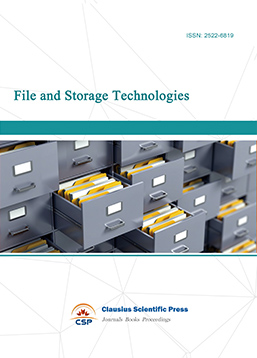
-
Frontiers in Genetic and Evolutionary Computation

-
Optical Network Design and Modeling
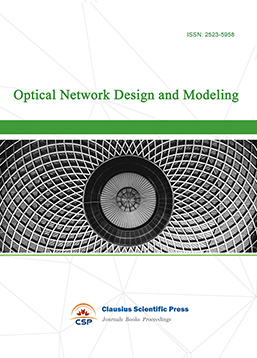
-
Journal of Virtual Reality and Artificial Intelligence
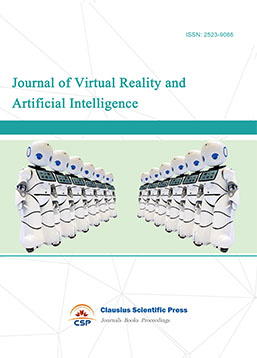
-
Natural Language Processing and Speech Recognition
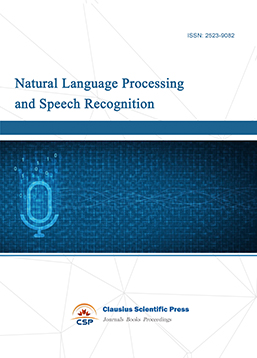
-
Journal of High-Voltage
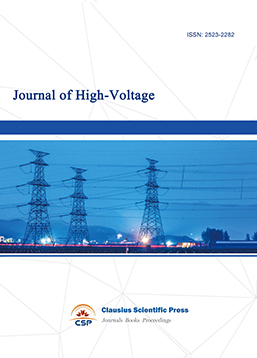
-
Programming Languages and Operating Systems
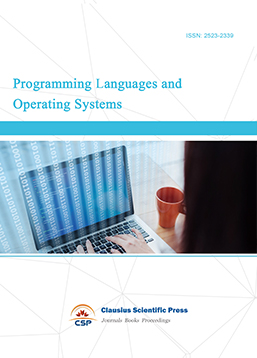
-
Visual Communications and Image Processing
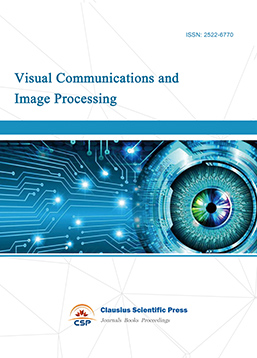
-
Journal of Systems Analysis and Integration
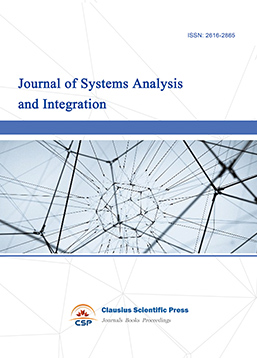
-
Knowledge Representation and Automated Reasoning
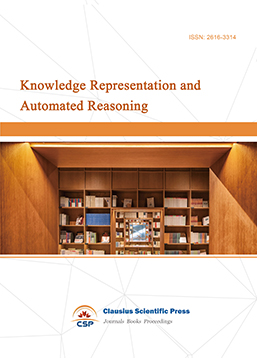
-
Review of Information Display Techniques
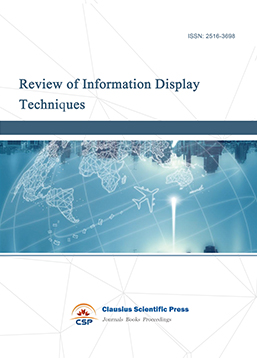
-
Data and Knowledge Engineering
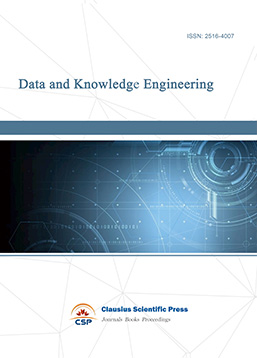
-
Journal of Database Systems
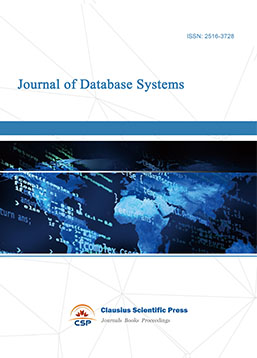
-
Journal of Cluster and Grid Computing

-
Cloud and Service-Oriented Computing
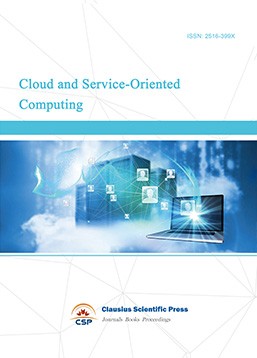
-
Journal of Networking, Architecture and Storage
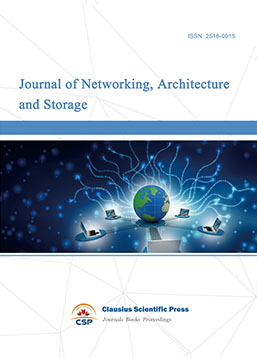
-
Journal of Software Engineering and Metrics
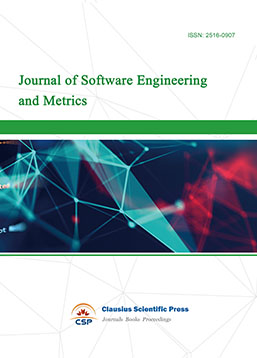
-
Visualization Techniques

-
Journal of Parallel and Distributed Processing
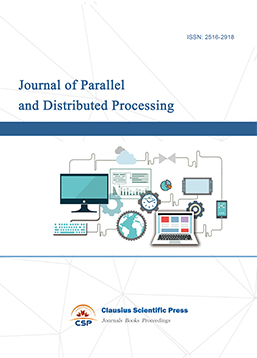
-
Journal of Modeling, Analysis and Simulation
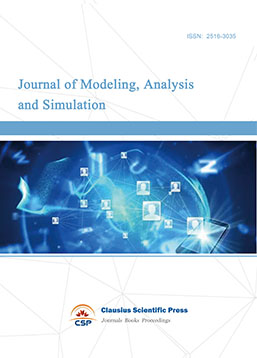
-
Journal of Privacy, Trust and Security
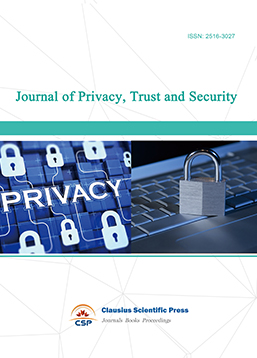
-
Journal of Cognitive Informatics and Cognitive Computing
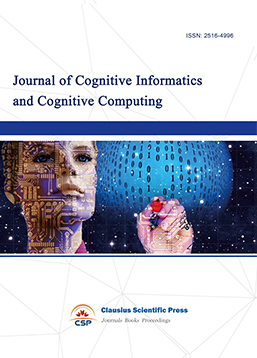
-
Lecture Notes on Wireless Networks and Communications

-
International Journal of Computer and Communications Security
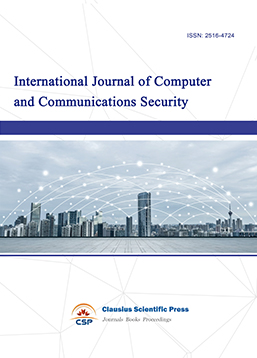
-
Journal of Multimedia Techniques
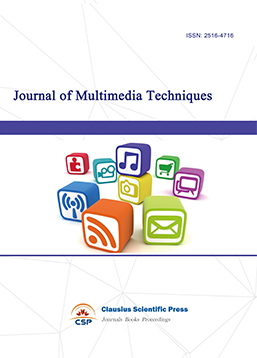
-
Computational Linguistics Letters
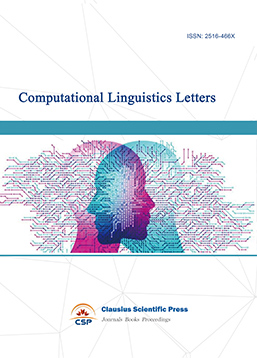
-
Journal of Computer Architecture and Design
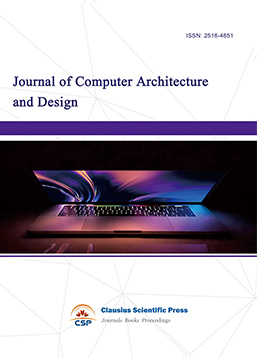
-
Journal of Ubiquitous and Future Networks
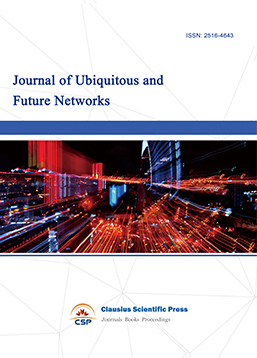

 Download as PDF
Download as PDF